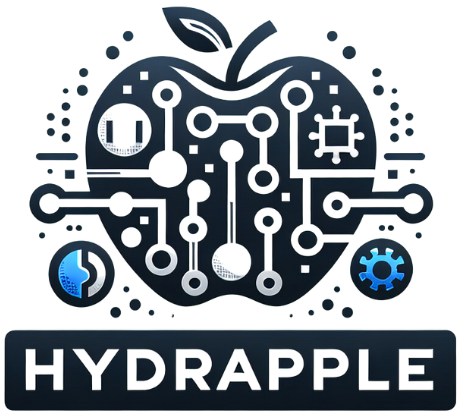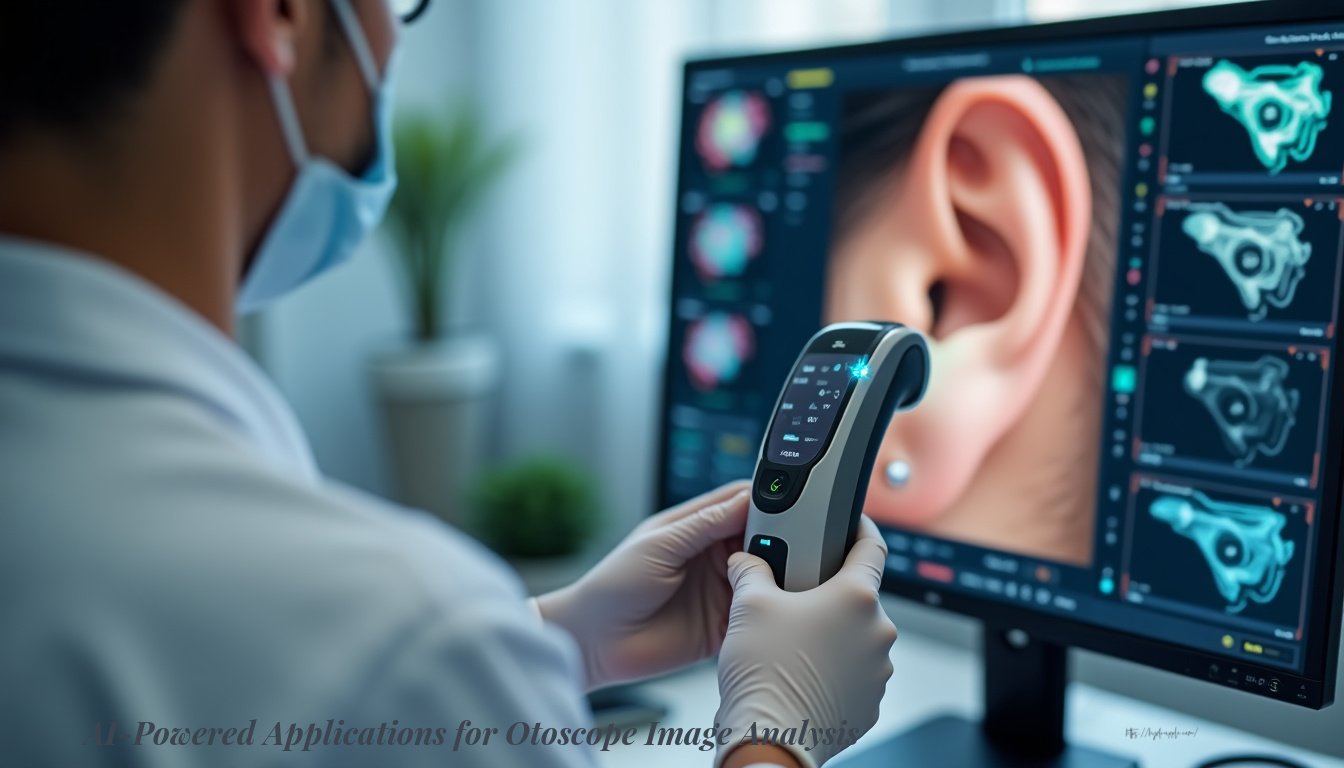Healthcare is witnessing speedy transformation thanks to superior technology. Among these, artificial intelligence (AI) makes waves, specifically in diagnostics. One standout evolution is AI-powered packages for otoscope photograph evaluation, reshaping how ear-associated situations are identified and controlled. This weblog will explore the impact of AI on Otoscopy, spotlight its advantages, discuss challenges, and share insights on what the future holds for this innovative generation.
The Evolution of Otoscopy
Using specialized equipment to observe the ear canal and eardrum, Otoscopy has been a central diagnostic technique for many years. From diagnosing infections like otitis media to detecting tympanic membrane ruptures, this practice is fundamental in otolaryngology and well-known healthcare.
However, conventional Otoscopy has its barriers:
- Dependent on clinician knowledge for accurate diagnosis
- Subject to human error and variability
- Limited effect in faraway or underserved regions because of scarce specialist availability
Enter AI. AI-powered packages for otoscope photograph evaluation conquer these demanding situations, providing extra consistent and accurate diagnostics while improving accessibility for sufferers no matter where they are.
Advancements in AI for Otoscope Image Analysis
How AI is Redefining Diagnostics
AI complements conventional Otoscopy with unrivaled precision and reliability. Advanced algorithms allow machines to research visual facts objectively, detecting anomalies that human eyes might forget about. Common packages include:
- Identifying infections like otitis externa (swimmer’s ear) and otitis media.
- Pinpointing tympanic membrane perforations to cope with hearing worries early.
- Enhancing telemedicine setups for actual-time, far-off diagnostics.
Case Study Highlight
The OtoAI platform through OtoNexus Medical Technologies has a 92% diagnostic accuracy charge for otitis media. By putting off invasive techniques, it showcases how AI is shaping non-intrusive healthcare diagnostics.
Supporting Technologies Powering AI Advancements
Several present-day technologies make AI-powered Otoscopy feasible:
- Machine Learning (ML) and Deep Learning (DL): Convolutional Neural Networks (CNNs) are superb in figuring out intricate styles in otoscope pics with accuracy beyond human functionality.
- Image Processing: Algorithms improve the clarity of otoscope pics through techniques like noise reduction and location enhancement, making diagnoses more reliable.
- Natural Language Processing (NLP): AI translates patient records and combines them with imagery evaluation for a complete diagnostic technique.
- Cloud AI: Cloud-based frameworks facilitate secure storage and collaborative analysis, strengthening accessibility and decision-making.
Innovative Example
Researchers at UC San Diego advanced a telephone-well-matched AI machine for middle ear infection detection using only a paper funnel. This low-value answer exemplifies AI’s potential in developing on-hand health technologies.
The Benefits of AI-Powered Otoscopy
- Higher Diagnostic Accuracy
AI eliminates inconsistencies caused by human errors. It excels at identifying subtle markers in snapshots, ensuring more reliable outcomes for situations like continual otitis media.
- Faster Diagnoses, Improved Speed
AI speeds up diagnostics by supplying real-time insights. Patients can obtain quicker care, which leads to better results.
- Democratized Access to Healthcare
AI helps bridge healthcare gaps in underserved areas. AI-integrated otoscopes facilitate telemedicine consultations and at-domestic diagnostics, reducing the need for in-man or woman visits.
- Preventative Health Measures
AI enables early detection of chronic troubles, stopping complications, including hearing loss.
- Cost-Effective Care
Minimized misdiagnoses and advanced workflow performance reduce healthcare costs for each vendor and sufferer.
Case in Point:
Sweden’s Karolinska University Hospital uses AI-powered otoscopes to analyze tympanic membranes quickly and as they should be, reducing diagnostic mistakes in otitis media instances.
Challenges and Future Directions
Despite these advancements, the combination of AI and Otoscopy still faces hurdles.
Challenges
- Data Privacy and Ethical Concerns
AI models require significant quantities of health facts for education, elevating concerns about records security and affected personal privacy.
- Dataset Representation
AI’s accuracy depends on diverse datasets. A lack of demographic range can lead to biased models, lowering population effectiveness.
- Cost of Implementation
While AI has a long-term cost, initial investments in AI infrastructure could deter small clinics or those in functional resource-constrained regions.
Addressing Algorithm Bias:
Rajpurkar et al. emphasize the use of various imaging samples throughout AI version training to avoid biases and ensure steady diagnostic accuracy.
Future Prospects
- Enhanced Precision: Continuous refinement of AI algorithms will similarly close the distance between human and machine accuracy.
- Telemedicine Expansion: AI-powered Otoscopy can become fashionable in telemedicine kits, improving cross-border healthcare transport.
- Integration with Healthcare Ecosystems: Collaborations between AI builders and healthcare vendors can ensure global effectiveness and innovation.
- At-Home Diagnostics: Affordable, person-pleasant AI-enabled otoscope kits should empower sufferers with access to medical-grade diagnostics in their daily lives.
Emerging Technology Spotlight:
OtoNest evolved an AI-powered otoendoscopy solution to discover ear canal obstructions like wax or overseas items. This innovation highlights AI’s reach into personalized medicine, improving patient autonomy and precision diagnostics.
Why AI is Reshaping Healthcare
AI-powered applications for otoscope photo evaluation stand at the intersection of generation and traditional remedy, offering big potential to raise care standards. From improving diagnostic accuracy and democratizing healthcare access to reducing prices, this merger indicates a brighter future for scientific diagnostics.
What Can You Do?
Healthcare specialists, scientific students, and tech fanatics have a unique opportunity to advance AI adoption. Whether through investment research, collaboration in improvement efforts, or adaptation of tools in practice, your involvement can help bring AI-powered Otoscopy to more sufferers worldwide.
Artificial intelligence in Otoscopy isn’t just a tool; it’s a game-changer. Together, we can ensure that those improvements improve fitness fairness and results.

